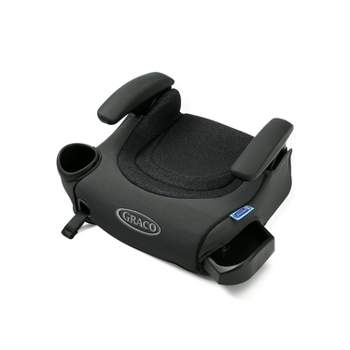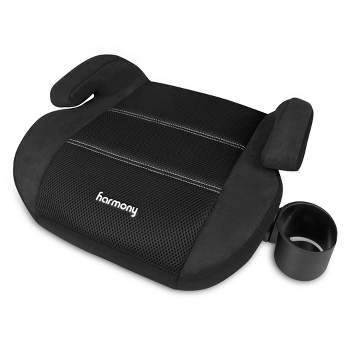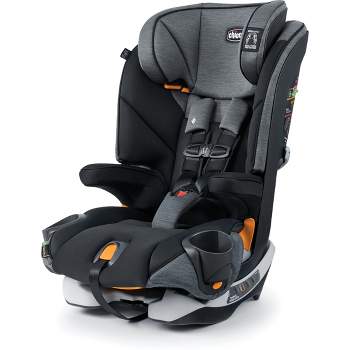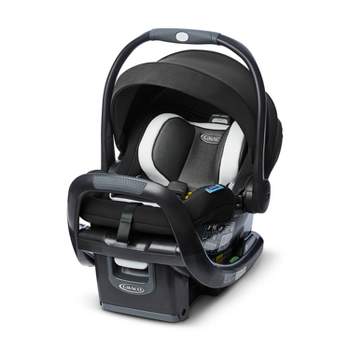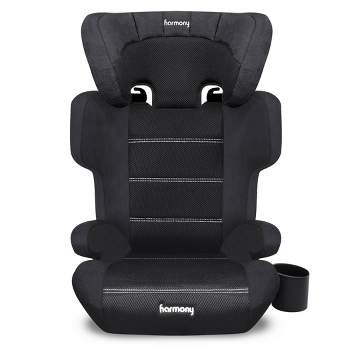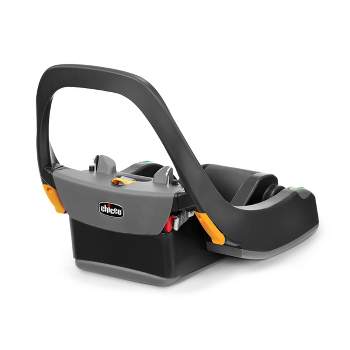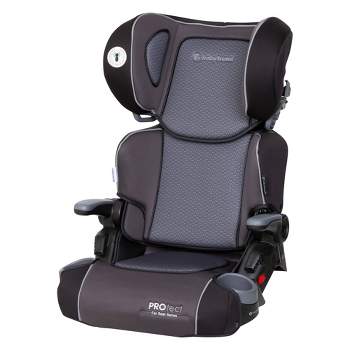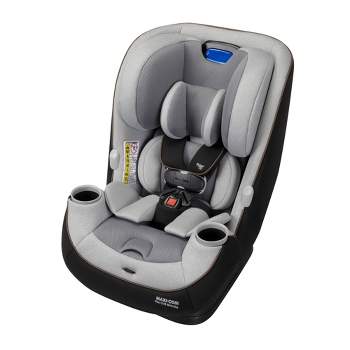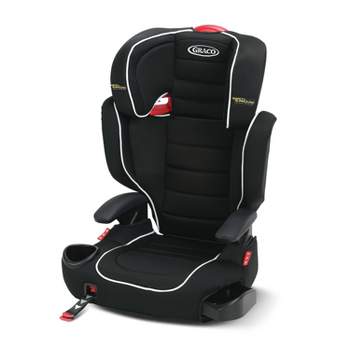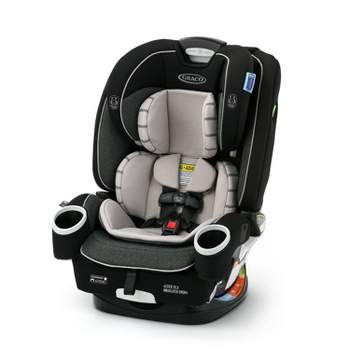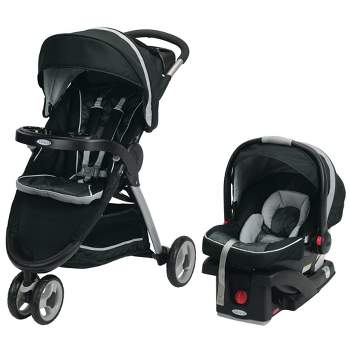Best Car Seats
Sponsored
14 results
Sponsored
Sponsored
Related categories
Related searches
Best Car Seats
Finding the Best Car Seats for Your Baby
Selecting the best car seat can be a daunting task with the multitude of options available on the market. As a responsible parent, ensuring the safety and comfort of your child while traveling is of utmost importance. Most car seats for babies are designed to offer ultimate safety with easy installation features.
Here’s your quick guide to exploring the key factors while shopping for car seats for babies:
Safety First: Protecting your little one when it comes to car seats is a parent’s top priority. Looking for car seats that meet the latest safety standards and are equipped with features like a five-point harness, side-impact protection, and energy-absorbing materials is of utmost importance. Consider models that have undergone rigorous crash testing and have received positive ratings from independent safety organizations.
Age and Size Matters: Choosing the right fit to accommodate your baby’s age and size should be the next thing on your checklist. As much as choosing between multiple sizes depends on your baby’s age, it also depends on certain needs, like wanting a seat that also turns into a pram. Infant seats are ideal for newborns, while convertible car seats can be used from infancy to toddlerhood. Booster seats are suitable for older children who have outgrown their previous car seats in terms of size, height, and weight limit. Check the manufacturer’s guidelines to ensure a proper fit for your child before selecting the right type of car seat for your
Installation Made Easy: Convenience and compatibility while installing a car seat correctly are crucial for optimal safety. Look for models that come with clear installation instructions and user-friendly features. Some car seats have a LATCH (Lower Anchors and Tethers for Children) system, which simplifies the installation process. Additionally, considering the compatibility of the car seat with your vehicle is something to look out for. Not all car seats fit all vehicles, so it’s important to ensure they are compatible.
Comfort and Longevity: Long journeys can be tiring for children, so it’s essential to provide them with a comfortable seating experience. Look for car seats with ample padding, adjustable headrests, and recline positions to ensure your child’s comfort. Some car seats offer additional features like cup holders or removable machine-washable covers, making them easier to clean. Investing in a car seat with a higher weight and height limit can also extend its usefulness.
Reviews and Recommendations: Real user experiences are crucial before making a final buying decision. Take the time to read reviews and seek recommendations from other parents to understand their experience. Online platforms and parenting forums can provide valuable insights into the real-world performance of different car seat models. Pay attention to feedback regarding safety, ease of use, durability, and overall satisfaction. Remember that what works for one family may not work for another, so consider your specific needs and preferences while going through the reviews.
Remember, investing in a high-quality car seat ensures the safety and well-being of your little one during every journey.
FAQs:
Q1: When should I switch from an infant car seat to a convertible car seat?
A1: It is generally recommended to switch to a convertible car seat once your child reaches the maximum weight or height limit specified by the manufacturer. This usually happens around the age of one or when your child outgrows the infant car seat.
Q2: Can I reuse a car seat that has been in an accident?
A2: No, it is not recommended to reuse a car seat that has been involved in an accident. Even if there is no visible damage, the structural integrity of the car seat may have been compromised. It’s always best to replace the car seat and prioritize your child’s safety.
Q3: How long can my child use a booster seat?
A3: The duration of booster seat usage varies depending on the height and age of your child combined with the weight limit of the seat. However, it’s important to refer to the specific guidelines provided by the car seat manufacturer.
